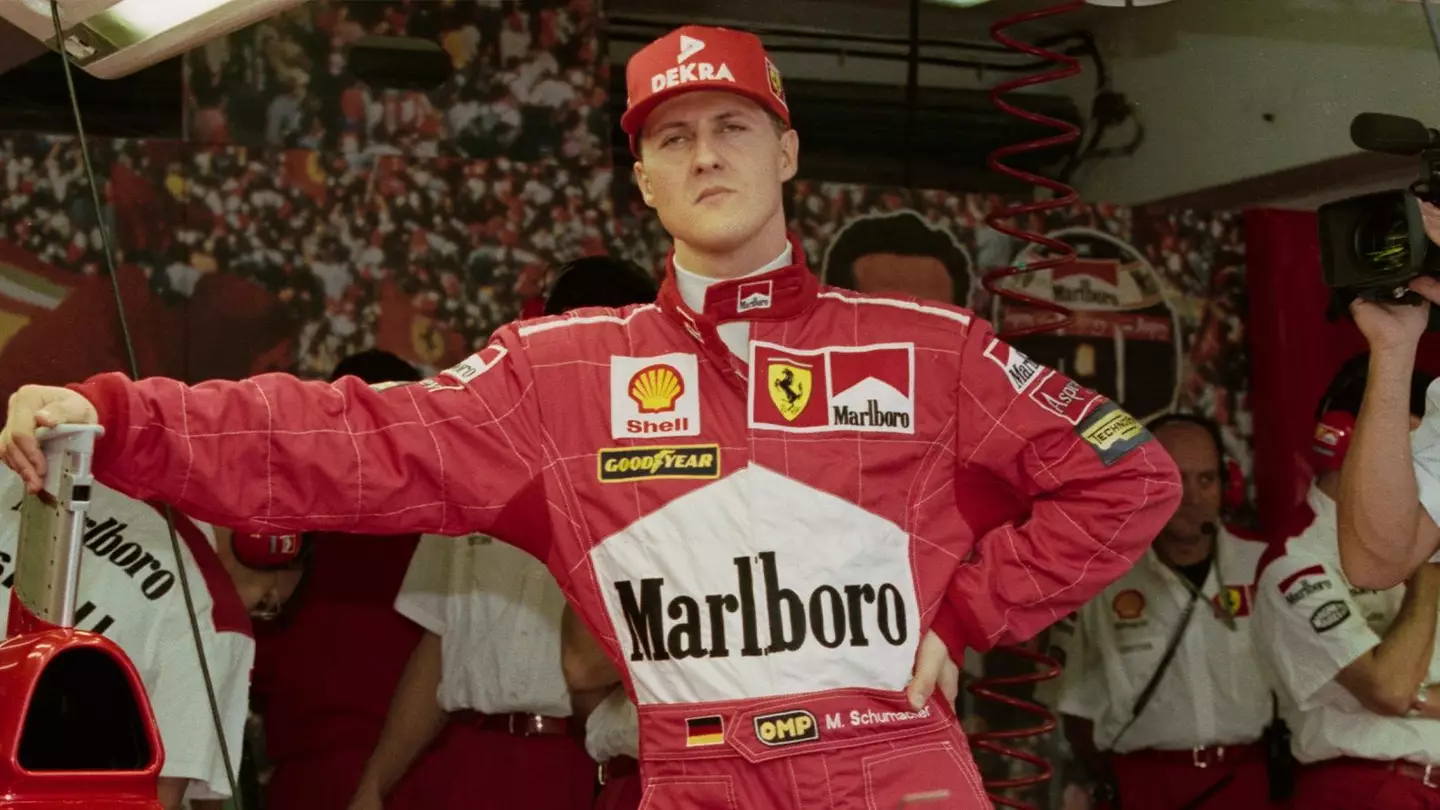
Featured Image Credit: Getty
Topics: Ferrari, Formula 1, Michael Schumacher, McLaren, FIA

Topics: Ferrari, Formula 1, Michael Schumacher, McLaren, FIA
Live in constant hope of the top flight as a Preston North End fan. Written in the past for SPORF, GiveMeSport and more.